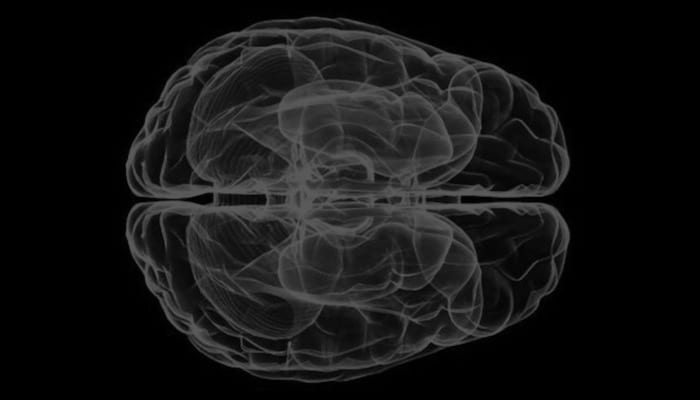Coma and small pupils
aka Neurological Mind-boggler 002
You are asked to review a 65 year-old man who is comatose (GCS 3) with small pupils (2 mm bilaterally). He has a history of diabetes mellitus and bipolar disorder. He was discharged from hospital yesterday, following a surgical procedure.
Before you reach for the naloxone – what if there is no respiratory depression? What if there is no response?…
Questions
Q. What are the possible causes of coma with small pupils?
Answer and interpretation
NB. Causes labeled with an asterisk* generally only cause small pupils, a coexistent cause of of coma would need to be present)
The differential diagnosis of coma with small pupils includes:
Non-toxicological causes
- Pontine lesions (infarct or hemorrhage)
classically involves sudden collapse with coma, pinpoint pupils and a spastic tetraparesis with brisk reflexes. - Metabolic encephalopathy
associated acute or chronic systemic illness, spontaneous roving eye movements
[see Neurological Mind-boggler 007] - Bilateral Horner syndrome*
central (e.g. massive thalamic or supra-thalamic lesions, lateral brainstem lesions), pre-ganglionic (e.g Pancoast tumour), post-ganglionic (e.g. neck trauma, carotid artery dissection, cluster headaches) - Senile miosis*
- Argyll Robertson pupils*
small, irregular, fixed pupil with little response to atropine and acts like a prostitute – ‘accommodates but doesn’t react’… to light.
nearly pathognomonic of neurosyphillis - Pseudo-Argyll Robinson pupils* (more likely to be mid-sized)
diabetes mellitus
any chronic lesion of the rostral midbrain (e.g. multiple sclerosis, encephalitis, Lyme disease, pinealoma, syringobulbia, chronic alcoholism) - Holmes-Adie pupils* (constrictive phase)
[See Ophthalmological Befuddler 001]
Toxicological causes
- Sedatives
- opioids
- clonidine
- barbiturates
- chloral hydrate
- GHB
- Antipsychotics
- phenothiazines (eg. chlorpromazaine)
- atypicals (olanzepine, quetiapine, clozapine)
- Cholinergic agents
- acetylcholinesterase inhibitorsorganophosphates
- carbamates
- nerve agents (e.g. sarin)Alzheimers dementia agents* – e.g. donezepil, tacrine
- Myasthenia gravis agents* – eostigmine, physostigmine, edrophoniumAcetylcholine agonistsmuscarinic agents – pilocarpine (eye drops)*
- nicotine
- mushrooms
- Other drugs
- valproate
- phenoxybenzamine (alpha blocker)
- beta blocker eye drops*
Hopefully the naloxone works, eh.
References
- Bhidayasiri R, Waters MF, Giza CC. Neurological differential diagnosis: a prioritized approach, Blackwell Publishing 2005.
- Dart RC. Medical Toxicology (3rd edition), Lippencott Williams and Wilkins 2004.
- Tox Library – Barbiturate toxicity

Neurological Mind-boggler
Chris is an Intensivist and ECMO specialist at The Alfred ICU, where he is Deputy Director (Education). He is a Clinical Adjunct Associate Professor at Monash University, the Lead for the Clinician Educator Incubator programme, and a CICM First Part Examiner.
He is an internationally recognised Clinician Educator with a passion for helping clinicians learn and for improving the clinical performance of individuals and collectives. He was one of the founders of the FOAM movement (Free Open-Access Medical education) has been recognised for his contributions to education with awards from ANZICS, ANZAHPE, and ACEM.
His one great achievement is being the father of three amazing children.
On Bluesky, he is @precordialthump.bsky.social and on the site that Elon has screwed up, he is @precordialthump.
| INTENSIVE | RAGE | Resuscitology | SMACC
